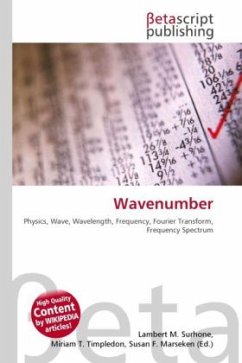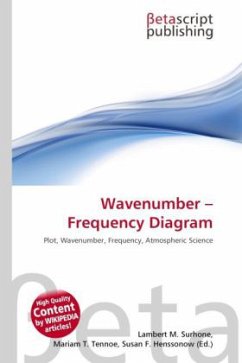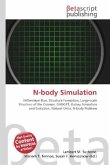High Quality Content by WIKIPEDIA articles! Wavenumber in Physics is a property of a wave defined as either the number of wavelengths per unit distance, that is, 1/ where =wavelength, or alternatively as 2 / , sometimes termed the angular wavenumber or circular wavenumber or, simply wavenumber. Wavenumber is the spatial analog of frequency. Applying of a Fourier transform to data as a function of time yields a frequency spectrum; application on data as a function of position yields a wavenumber spectrum. In the SI units system, wavenumber is expressed in units of reciprocal meters (m 1). The wavenumber has dimensions of inverse length and SI units of reciprocal meters (m 1). Commonly, the quantity is expressed in the cgs unit cm 1, pronounced as reciprocal centimeter or inverse centimeter, or retemitnec by some, and also formerly called the kayser, after Heinrich Kayser. The historical reason for using this quantity is that it proved to be convenient in the analysis of atomic spectra. Wavenumbers were first used in the calculations of Janne Rydberg in the 1880s. The Rydberg-Ritz combination principle of 1908 was also formulated in terms of wavenumbers.
Bitte wählen Sie Ihr Anliegen aus.
Rechnungen
Retourenschein anfordern
Bestellstatus
Storno








